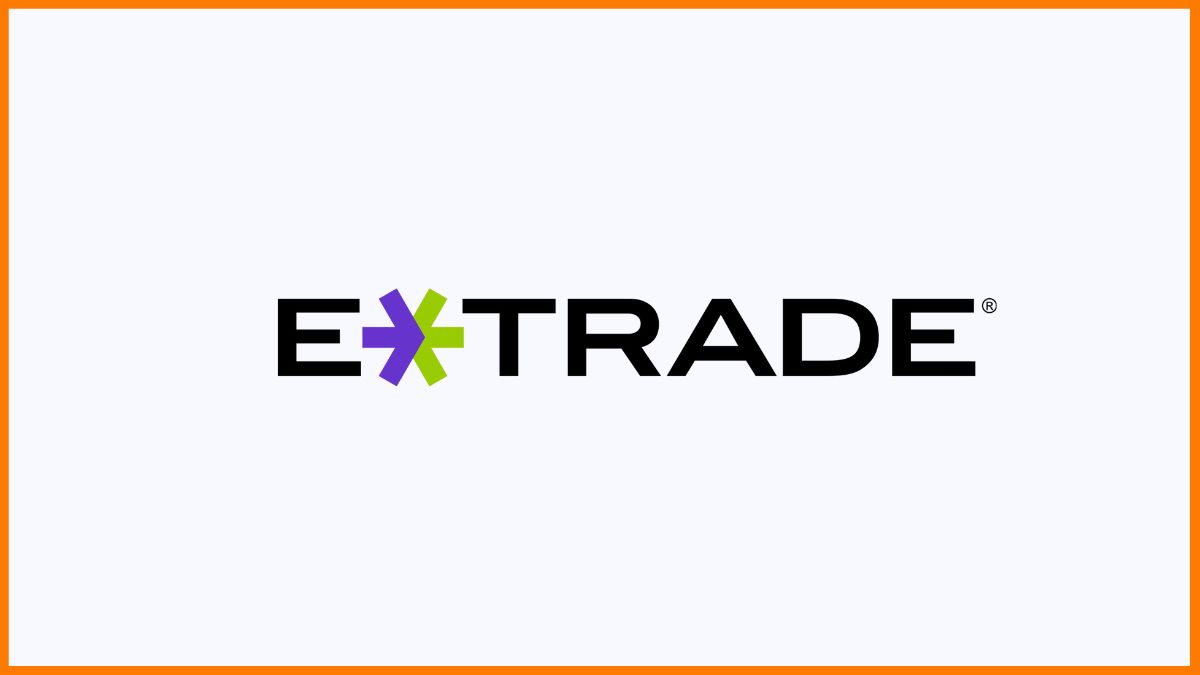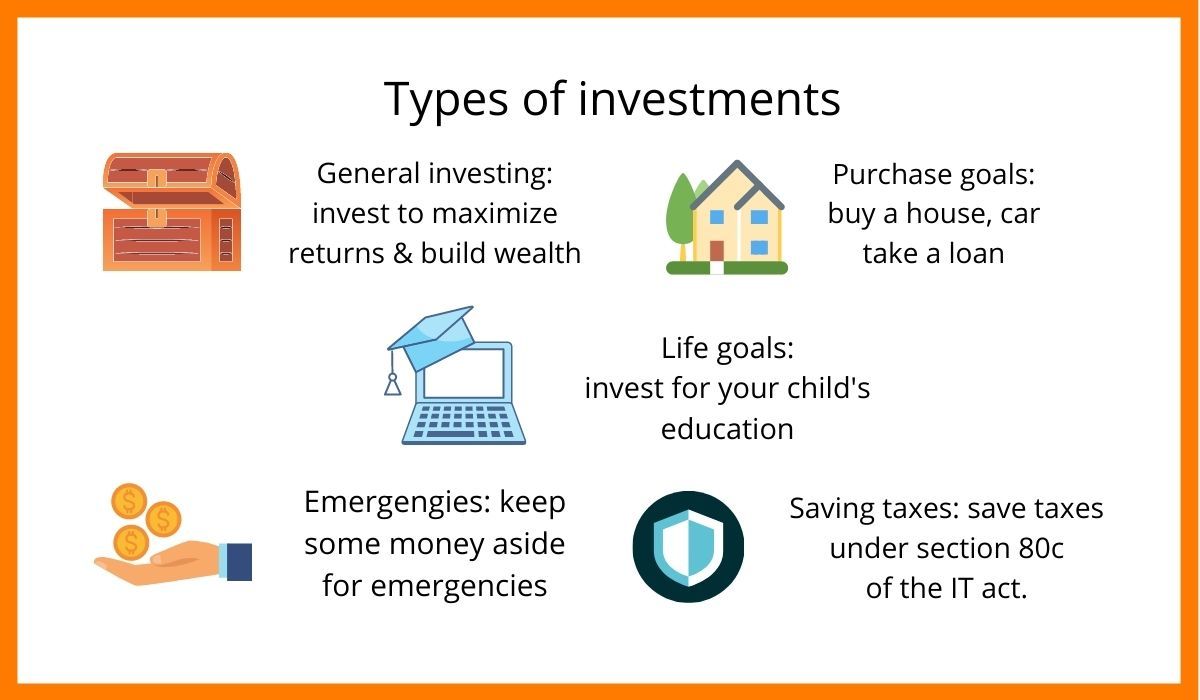Is it just me, or is skipping school or the college exit door like a secret handshake to the world of success and stardom? There are so many dropouts-turned-superstars out there that it’s starting to seem like an underground club, where the membership fee is ditching the classroom.
On a lighter note, we usually encounter successful people who don’t hold a proper or suitable college degree. But such people have created a history that stands as a testimony to their intellect for all the future.
In this article, we explore the journey of one such person, who dropped out of school to later found India’s largest stockbroker – Zerodha. We will explore the success story of Nikhil Kamath, early life, his education, personal life, career, investments, and much more.
Nikhil Kamath Biography
| Name | Nikhil Kamath |
|---|---|
| Birthplace | Shimoga, Karnataka |
| Date of Birth | September 5, 1986 |
| Nationality | Indian |
| Education | School dropout |
| Position | Co-founder and CFO |
| Net worth | $3 billion (January 2025) |
Nikhil Kamath – Early Life & Education
Nikhil Kamath – Career
Nikhil Kamath – Entering the Trading World
Nikhil Kamath – Personal life
Nikhil Kamath – Podcast
Nikhil Kamath – Zerodha
Nikhil Kamath – WTFund
Nikhil Kamath – Personal Investments
Nikhil Kamath – Partner Investments
Nikhil Kamath – Philanthropy
Nikhil Kamath – Controversies
Nikhil Kamath – Awards & Recognitions
Nikhil Kamath – Early Life & Education
Nikhil Kamath was born in Karnataka, India, in 1986. Since his dad was a bank employee, he often got transfers. Nikhil was 9 years old when they finally settled in Bangalore.
Though Nikhil displayed a strong aptitude for mathematics and problem-solving from a young age, he hated the traditional way of taking formal school education. In Bangalore, he attended a local school. Since the school didn’t let him appear for the 10th board exams citing his disinterest in studies as a reason, he decided to drop out of school. Thus, Nikhil didn’t have a formal mode of education after that.
Nikhil Kamath – Career
After dropping out of school in 10th grade, which was a huge decision, Nikhil Kamath’s journey to success was a remarkable tale of determination and resourcefulness.
After leaving school without a clear plan, he found himself working at a call center at the age of 17. To make ends meet, he even faked his birth certificate to land the job, which paid him a meager salary of INR 8,000.

Nikhil Kamath – Entering the Trading World
During those challenging times, he labored at the call center from 4 PM to 1 AM, and in the mornings, he delved into the world of trading. Nikhil learned the ropes of life outside his family’s protective cocoon, and he discovered that it was in the outside world where the real lessons were learned.
Around the age of 18, Nikhil decided to venture into stock trading more seriously. His father entrusted him with some of his savings. This leap of faith from his father marked the beginning of Nikhil’s journey as a trader. He not only managed his father’s money successfully but also convinced his manager at the call center to invest in stocks.
It turned out to be a fruitful endeavor, and soon, others followed suit, allowing Nikhil to manage their funds. In his final year at the call center, he cleverly managed the entire team’s money, which meant he didn’t have to go to work physically, yet he received incentives.
Zerodha’s Inception
Nikhil’s ambition eventually led him to leave his job and team up with his older brother Nithin Kamath, to launch Kamath Associates in 2010, which later evolved into the highly successful brokerage firm, Zerodha. His journey from a call center employee to a prominent figure in the financial world is a testament to his resourcefulness and dedication.
Nikhil Kamath – Personal life
Nikhil Kamath resides in the city of Bangalore, India. His parents are U.R. Kamath, an employee of Canara Bank, and Revathi Kamath. He was married to Amanda Puravankara who was the director of Provident Housing Ltd., Bangalore. The couple reportedly separated within a year of their marriage. Kamath is an avid reader and a chess player.

Nikhil Kamath – Podcast
Nikhil Kamath also hosts a podcast series “WTF is”, in which he interviews industry leaders and close friends in light-hearted but thought-provoking conversations. The program discusses various subjects including technology, social media, alternative energy, and more.
Prime Minister Narendra Modi made his podcast debut with Nikhil Kamath on 10 January 2025. The two-hour episode, titled “People with The Prime Minister Shri Narendra Modi x Nikhil Kamath,” is part of Kamath’s “WTF is” podcast series.
The conversation explored various topics, including PM Modi’s childhood, similarities between politics and entrepreneurship, essential skills for entering politics, governance, and global affairs.
People with The Prime Minister Shri Narendra Modi x Nikhil Kamath
Nikhil Kamath – Zerodha

Zerodha, a game-changing player in India’s trading and investment scene, commenced its operations on August 15, 2010, with a clear-cut mission: to remove the hurdles that traders and investors often faced, especially in terms of cost, support, and technology. The company’s name, “Zerodha,” cleverly combines “Zero” with “Rodha,” a Sanskrit word meaning barrier, to reflect their commitment to this vision.
Today, Zerodha proudly stands as one of India’s largest stockbrokers, thanks to its innovative pricing models and cutting-edge technology developed in-house.
They boast a massive client base of over 1 crore, managing millions of orders daily through their user-friendly investment platforms. Their influence is felt in the trading world, accounting for a significant 15% of all retail trading volumes in India.
Another creation of Kamath, True Beacon is a fee-free investment management company that targets investors with extremely high net worths.
Also, Rainmatter is their venture capital fund and incubator that invests in fintech companies and ventures that promote financial inclusion.
Nikhil Kamath – WTFund
Nikhil Kamath introduced the ‘Innovators Under 25‘ at the most recent WTFund Summit in Mumbai. An inaugural event was held in September 2024, to celebrate the establishment of WTFund, the first non-equity grant fund in India, to support innovation among entrepreneurs under the age of 25. It was a pivotal event for India’s startup ecosystem, showcasing the next generation of innovators ready to shape the country’s future.
The role of young entrepreneurs in creating India’s future was highlighted by Kamath. Anyone, from 25 to 80 years old, may be an entrepreneur and create the next great product. “But, come on, the enthusiasm, determination, and boldness usually come more naturally when you’re younger,” Kamath said.
To support nine startups now and nine thousand young businesses tomorrow, Kamath said, “We’re dedicated to building an India that isn’t afraid to take risks and step outside our comfort zones.” He went on to say that he hopes to aid thousands of startups in the future. Whoever decides to build their own aspirations instead of helping someone else realize theirs will lead India in the coming decade. The diversity of India’s innovation landscape is on full display among the fifteen grantees.

Nikhil Kamath – Personal Investments
Kamath has recently revealed in his podcast about his investment of INR 400 crore in Radico Khaitan for a 1.6-1.7% stake. Additionally, Nikhil has made some significant personal investments:
| Announced Date | Organization Name | Lead Investor | Funding Round | Money Raised |
|---|---|---|---|---|
| September 11, 2023 | Pee Safe | – | Series B | ₹250 million |
| June 26, 2023 | Mainstreet | – | Seed Round | ₹2 million |
| January 31, 2023 | Nourish You | – | Seed Round | ₹163.7 million |
| July 26, 2022 | Nas Company | – | Venture Round | ₹12 million |
| March 15, 2022 | Licious | – | Series F | ₹11.5 billion |
| February 8, 2022 | Kofluence | Yes | Seed Round | ₹4 million |
| January 27, 2022 | Growth School | – | Seed Round | ₹375 million |
| April 1, 2021 | Third Wave Coffee | Yes | Seed Round | – |
| March 17, 2021 | Vokal | – | Secondary Market | – |
Nikhil Kamath – Partner Investments
In addition to his personal investments, Nikhil has also made investments as a partner:
| Announced Date | Organization Name | Investor Name | Lead Investor | Funding Round | Money Raised |
|---|---|---|---|---|---|
| October 13, 2023 | Emoha Elder Care | Gruhas Proptech | Yes | Series B | $11 million |
| April 5, 2023 | Ossus Biorenewables | Gruhas Proptech | Yes | Seed Round | ₹197 million |
| March 15, 2023 | Spirit Media | Gruhas Proptech | Yes | Venture Round | – |
| February 25, 2022 | Licious | Gruhas Proptech | Yes | Series F | ₹91.4 million |
| February 17, 2022 | Omnipresent Robot Technologies | Gruhas Proptech | Yes | Venture Round | – |
Nikhil Kamath – Philanthropy
Nikhil is also known for his philanthropy:
- Nikhil Kamath recently joined the list of wealthy people around the world who have signed the Giving Pledge & pledged to donate 50% of their money to philanthropic causes. Notably, Kamath is the youngest Indian philanthropist to join the Giving Pledge.
- Kamath also launched the Young India Philanthropic Pledge (YIPP), which mandates the signatories who are below 45 years of age to donate 25% of their fortune with a minimum spend of ₹1 crore per year.
- According to the EdelGive-Hurun India Philanthropy List 2022, Kamath donated ₹100 crore of his wealth in 2022, along with his brother and co-founder of Zerodha, Nithin Kamath.
Nikhil Kamath – Controversies
Nikhil Kamath competed in a charity chess match against Viswanathan Anand, a five-time world chess champion. He won the match, much to the amazement of everyone. However, the multibillionaire eventually apologized for beating the chess champion unfairly and acknowledged doing so.
He tweeted, “I had help from the people analyzing the game, computers, and the graciousness of Anand sir himself to treat the game as a learning experience. This was for fun and charity. In hindsight, it was quite silly as I didn’t realize all the confusion that can get caused due to this. Apologies.”
Nikhil Kamath – Awards & Recognitions
Here are some prominent awards and recognitions for Nikhil Kamath:
- He was among the Forbes India ‘30 under 30’ young entrepreneurs, in 2016
- He was listed as the richest self-made Indian under 40 by ‘IIFL Wealth Hurun India 40 & Under Self-Made Rich List 2022’
- He made it into Forbes’ list of the world’s billionaires in 2023
- The Hurun India Report 2024 ranks Nithin and Nikhil Kamath 8th among self-made entrepreneurs for Zerodha, valued at Rs 64,800 crore.
FAQs
Who is Nikhil Kamath?
Nikhil Kamath is the founder and CFO of Zerodha, which is an online trading service provider company.
Where is Nikhil Kamath birthplace?
Nikhil Kamath was born on September 5, 1986, in Shimoga, Karnataka.
Who are Nikhil Kamath parents?
Nithin was born in Shivamogga, Karnataka, India, to a Konkani family. His father, Late U.R. Kamath, was employed as one of the executives of Canara Bank. His mother, Revathi Kamath, taught him to play the musical instrument, the veena.
When was Nikhil Kamath born?
Nikhil Kamath was born on September 5, 1986. His age is 39 years.
Who are the founders of Zerodha?
Nikhil Kamath and Nithin Kamath co-founded Zerodha.
Where did Nikhil Kamath study?
Nikhil Kamath did not follow a traditional education path. He dropped out of school after completing the 10th grade to pursue his interests in chess, stock trading, and entrepreneurship.
What is Nikhil Kamath net worth?
The net worth of Nikhil Kamath is $3 billion (January 2025).
What is Nikhil Kamath education?
Since the school in Bangalore, didn’t let him appear for the 10th board exams citing his disinterest in studies as a reason, he decided to drop out of school.
How Nikhil Kamath became billionaire?
Nikhil Kamath became a billionaire by co-founding Zerodha, India’s largest discount brokerage, which revolutionized stock trading with its low-cost, user-friendly platform. His success was driven by his expertise in stock trading, strategic thinking, and focus on simplifying investments for retail investors.

























